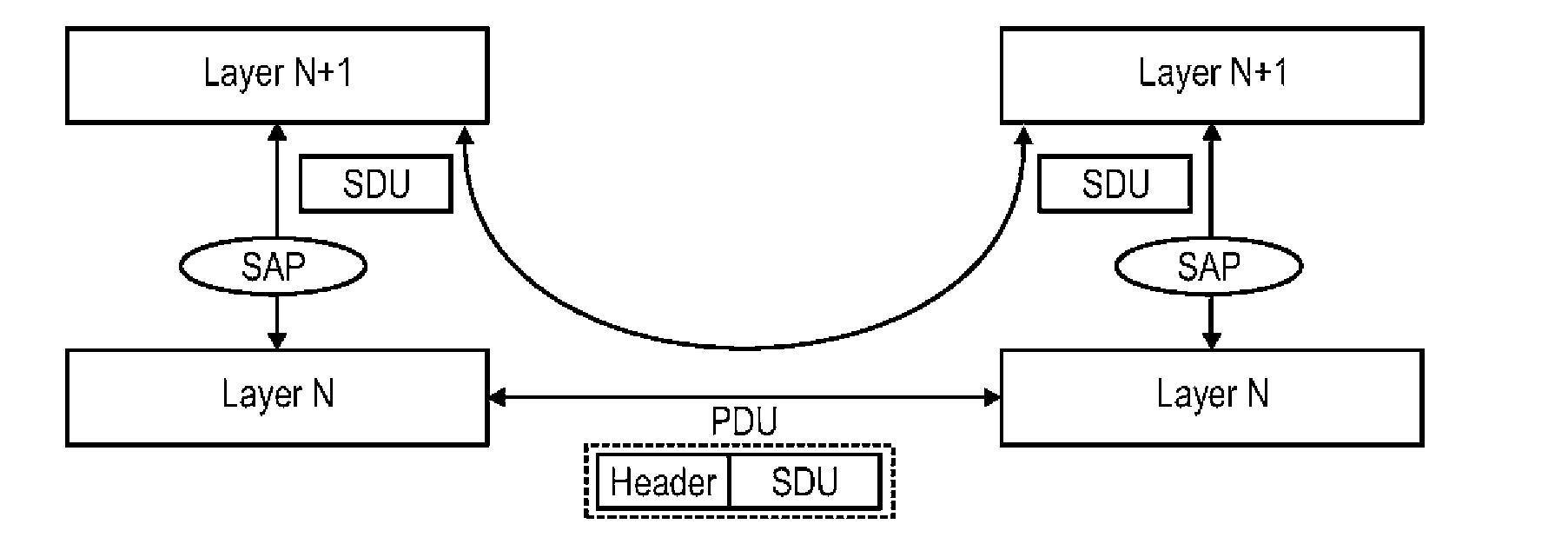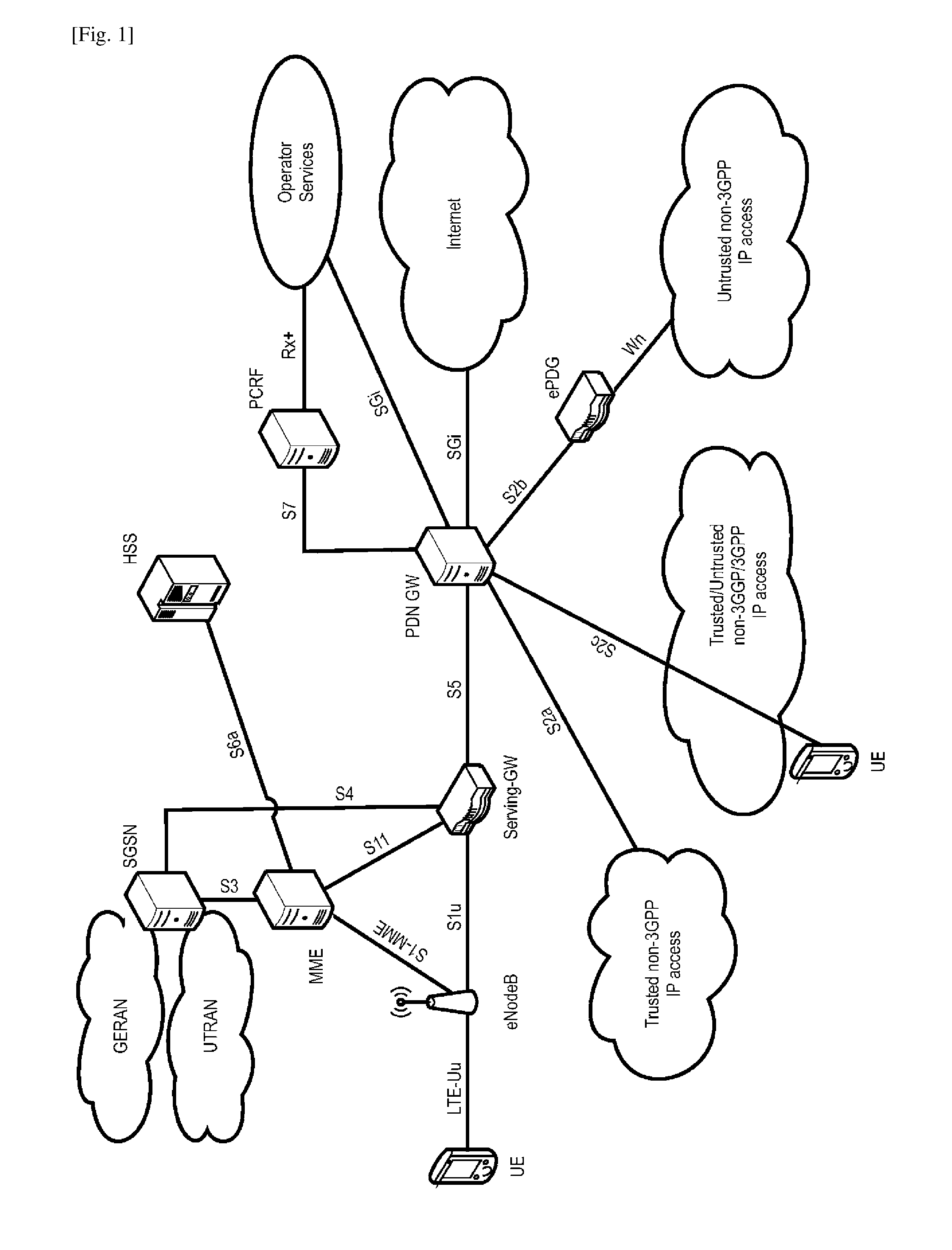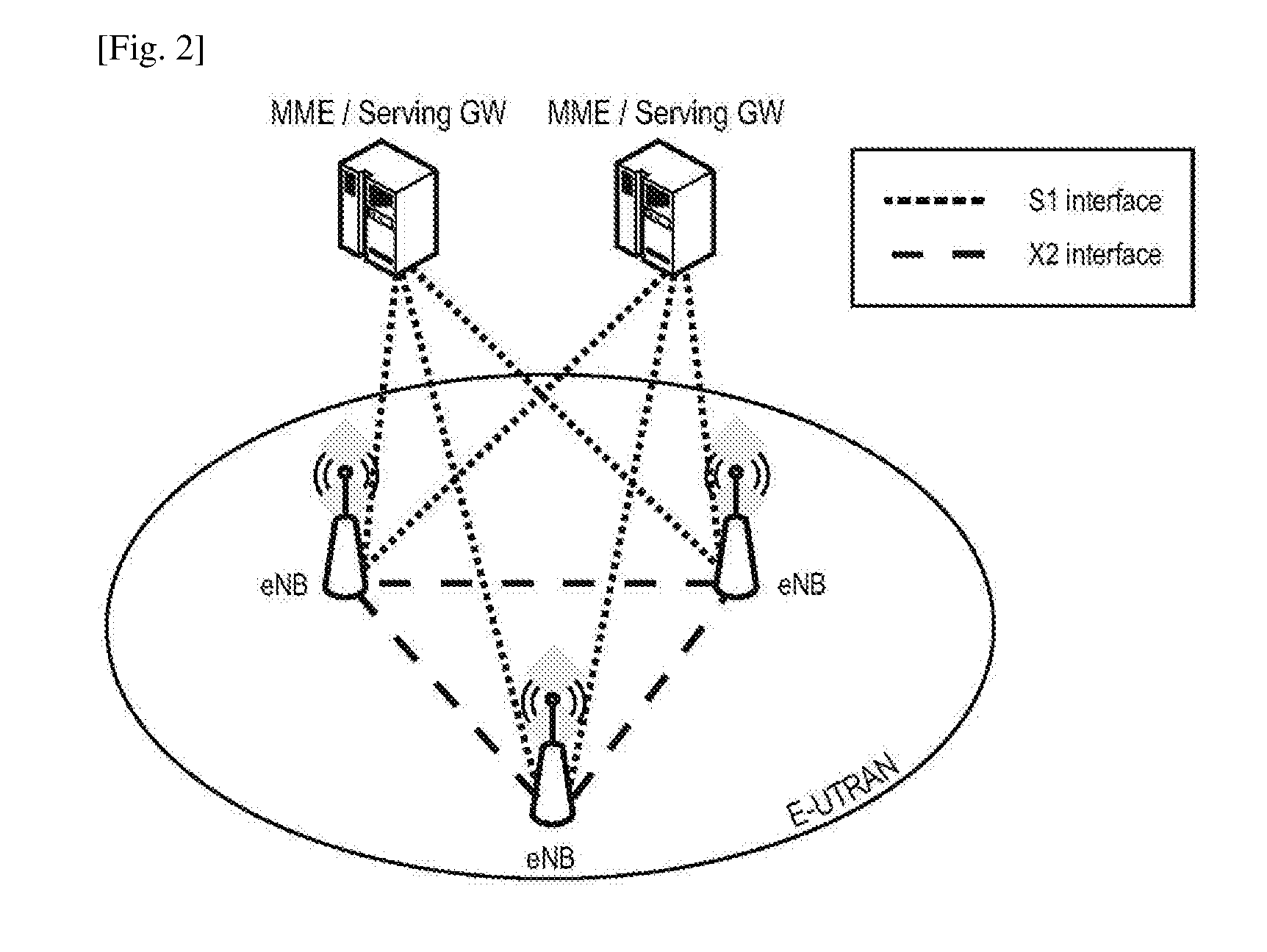Efficient uplink scheduling mechanisms for dual connectivity
a scheduling mechanism and dual connectivity technology, applied in the field of communication, can solve the problems of requiring even lower delays, insufficient to additionally accommodate the bsr mac control element, and starvation of data from low-priority logical channels
- Summary
- Abstract
- Description
- Claims
- Application Information
AI Technical Summary
Benefits of technology
Problems solved by technology
Method used
Image
Examples
Embodiment Construction
[0247]In the present description, use is made of the following terms.
[0248]A “mobile station” or “mobile node” is a physical entity within a communication network. One node may have several functional entities. A functional entity refers to a software or hardware module that implements and / or offers a predetermined set of functions to other functional entities of a node or the network. Nodes may have one or more interfaces that attach the node to a communication facility or medium over which nodes can communicate. Similarly, a network entity may have a logical interface attaching the functional entity to a communication facility or medium over it may communicate with other functional entities or correspondent nodes.
[0249]The term “master base station” used in the claims and throughout the description of the present disclosure is to be construed as used in the field of dual connectivity of 3GPP LTE-A; thus, other terms are macro base station, or master / macro eNB; or serving base stat...
PUM
 Login to View More
Login to View More Abstract
Description
Claims
Application Information
 Login to View More
Login to View More - R&D
- Intellectual Property
- Life Sciences
- Materials
- Tech Scout
- Unparalleled Data Quality
- Higher Quality Content
- 60% Fewer Hallucinations
Browse by: Latest US Patents, China's latest patents, Technical Efficacy Thesaurus, Application Domain, Technology Topic, Popular Technical Reports.
© 2025 PatSnap. All rights reserved.Legal|Privacy policy|Modern Slavery Act Transparency Statement|Sitemap|About US| Contact US: help@patsnap.com



